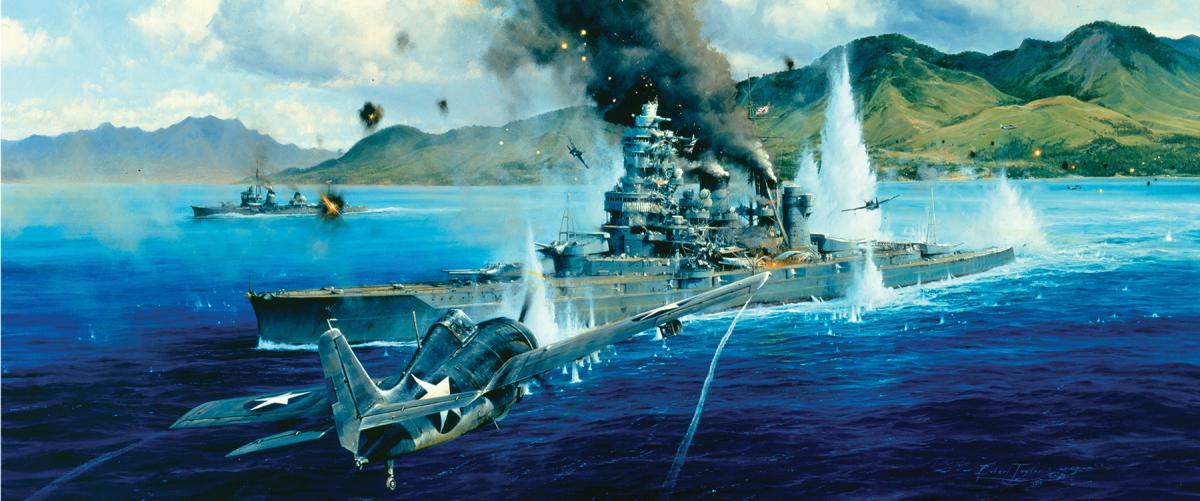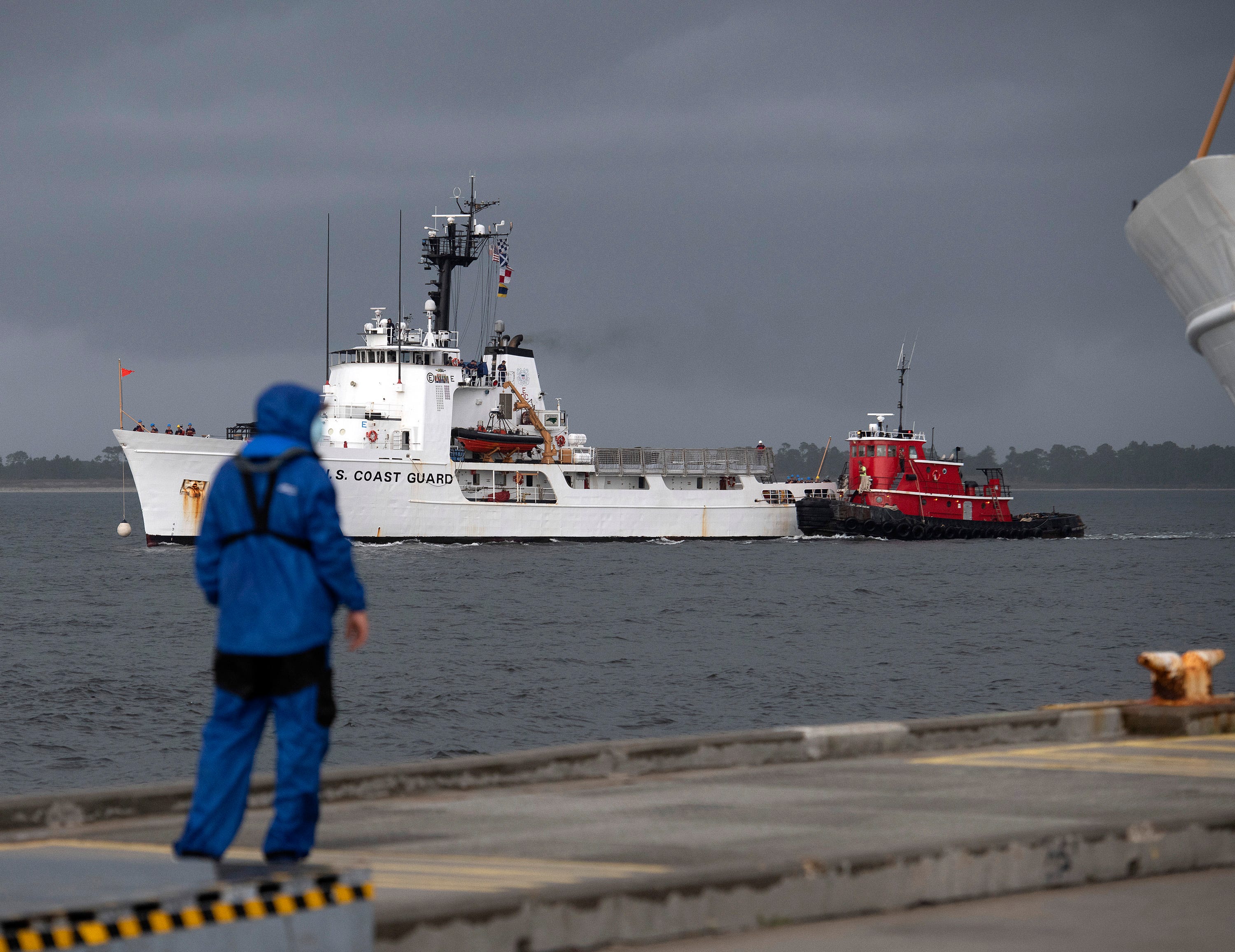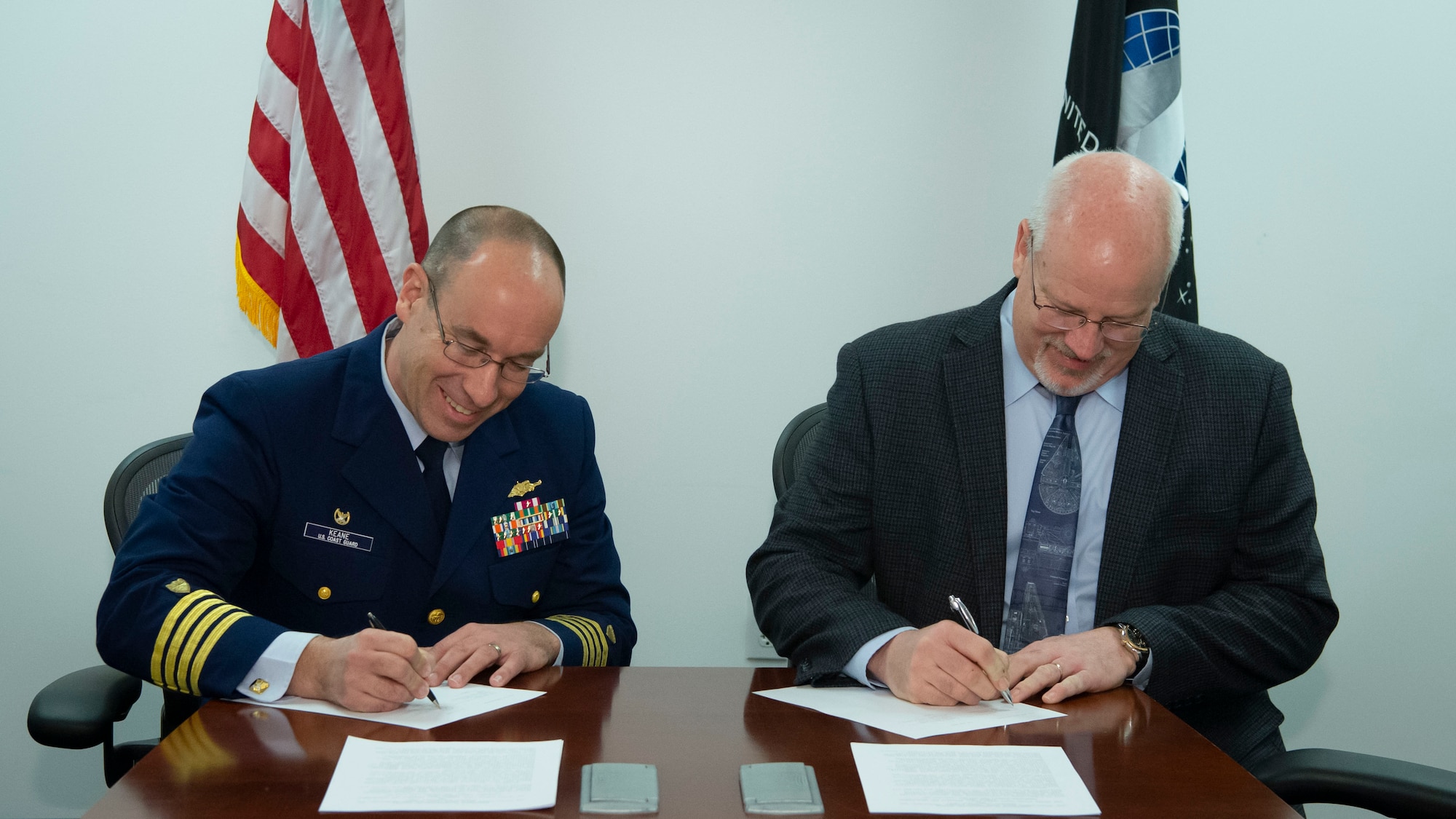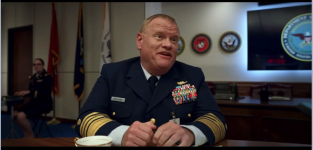I've always seen integration and unification as a two step process.
Integration came first in Aug 1964 with Bill C-90 which integrated the headquarters under a single CDS. Concurrent with that were a number of steps to integrated certain functions such as the heads of the services and some of their staff being absorbed into divisions of the new headquarters and various administrative functions - such functions like postal, padre and medical had already been moving in that direction.
While integration was based primarily on cost savings, I've never been a big fan of integration. I am of "jointness" but IMHO adding a new super headquarters above an already existing structure of three headquarters which already have just enough staff to manage their business and logistics and administration won't reduce the size of the lower headquarters but will inevitably add further layers and a general inflation of the whole structure. On paper it seems to make sense but in practice it doesn't. It's a different process than an existing headquarters that contracts various subdivisions but let's face it, in a military context you can't get rid of the need for each of the army, navy and air force and the admin and log functions needed to make them work. It's basically an additive and not subtractive process which not only adds a super headquarters but also all those agencies that constitute what would become the "purple" force.
Unification I never understood back in the day. Forget the uniform issue. That was merely an attempt to give a visual confirmation that we had ceased to exist as three services and were now one. (Perhaps it was even an attempt to prevent the skittles parades we see now and to prevent the "purple" trades from seeking their own uniform like the special forces have done)
What didn't make sense was the unified command and element issues that came about. Typical was Mobile Command which not only constituted the three Canada-based brigades (but strangely not 4 CMBG) and not only the army's helicopters, but also its CF-5 fighters (presumably because their sole capability was ground attack) and also the small lift transport buffalos - effectively the army now ran an air force. The navy's air and aviation fleet made much more sense than the army's. Things like Training command made little sense as well and was completely oblivious to the fact that each of the army, navy and air force had very different training requirements. The story goes that the whole unification boondoggle was that Hellyer had been in the air force in WW2 and was remastered to army when there were personnel shortages. He was forced to retake basic training and felt that was an absolute waste of time. The whole concept of unification apparently arose out of that fact (and in the minds of many, his political ambitions to replace Pearson and a that grand gesture with defence would be his gateway)
The fact that the hard elements of unification (as opposed to the soft, uniforms and buttons and bows issues) haven't worked out is, in my mind, borne out by the fact that DND/CAF is spending more and more resources on a constipated central administration system that is delivering ever declining defence outputs. Tactically we talk mission command. Administratively we do anything but by taking many of the necessary powers and enablers away from subordinate commanders on the basis of perceived cost savings through centralization and consolidation. Unfortunately while the CAF has accomplished the roll back on the soft buttons and bows issues it continues to fail to resolve the hard issues of its basic structure.






